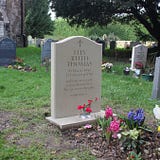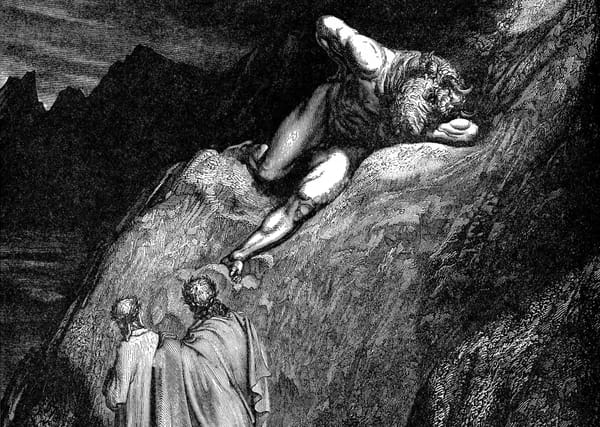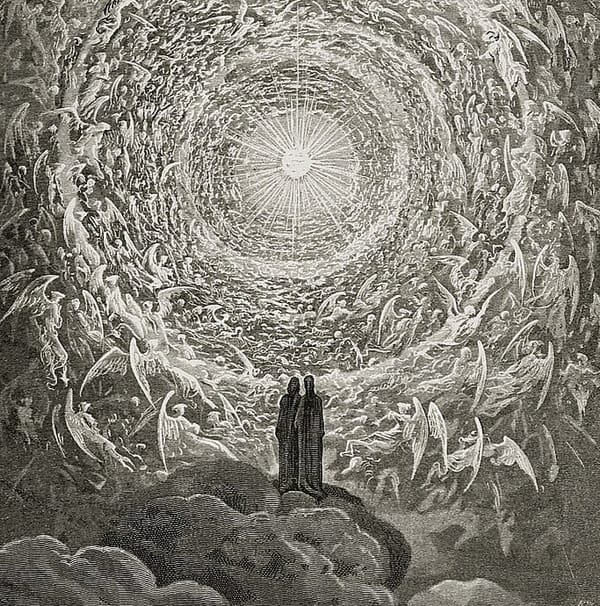Memorial Masonry
A craft ancient as civilization itself, where tradition, skills and lettering meet in a unique blend.
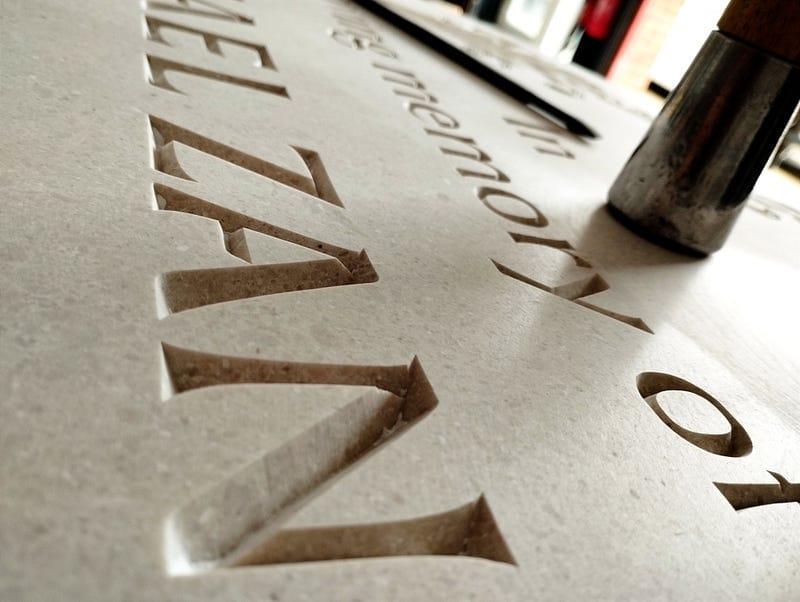
Special Sponsored Edition
Memorial Masonry
A craft ancient as civilization itself, where tradition, skills and lettering meet in a unique blend. Let’s dive into this fantastic profession, with a leader in this legacy skill: Artisan Memorials!
When you think of England, images of rolling green hills, charming villages, and historic landmarks probably dance through your mind. But there’s another kind of history etched into the very stones of this great country, and it’s one that often goes unnoticed by tourists and even locals.
We’re talking about the world of memorial masonry, where stones tell stories of the past and present.
The Art of Memorial Masonry
Memorial masonry, in essence, is the craft of creating memorials from stone, which can be found in various forms like headstones, plaques, and statues.
These artefacts are dedicated to preserving the memory of loved ones, historical figures, or significant events. The skilled artisans who craft these pieces are known as memorial masons, and they take their job very seriously.
No fonts, design and letterform only!
Looking at the picture above you might think “oh cool, I wonder how many fonts you can carve?”.
Mark Brooks, head Designer and Lettering Artist at Artisan Memorials, knows that to achieve an elegant and complete finish, fonts most often don’t cut it.
Ready to use fonts/typefaces, confine and restrict the expressive potential achievable in an inscription. In addition, fonts are mainly designed to be two-dimensional, ie. printed pages or computer screens.
Each inscription can have its own unique tone of voice, like each individual person does.
The expressive possibilities within drawn lettering, are infinite.
Through the practice of calligraphy and deep understanding of letterforms can be attained.
(Mark Brooks, 2023)
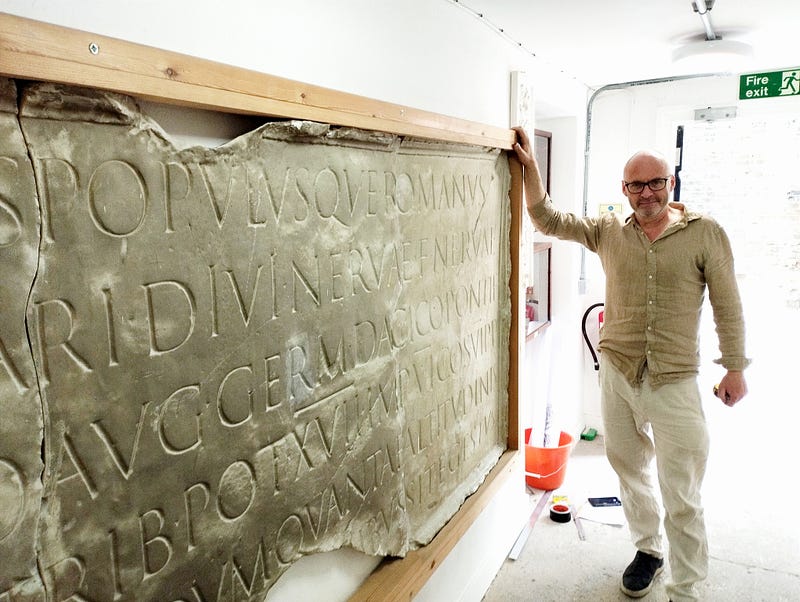
In order to create headstones of exceptional quality, letters must be studied and created with a multidisciplinary approach involving: Design, Drawing, Inking, Formatting and in the end, Carving.
Spacing, proportions and letter combinations require a fine eye for detail.
This comes through decades of experience and daily practice.
V- Carve, how Light and Shade create form
If you ever stop by any museum or public building, have a look at the letters closely.
How can they be readable, are they painted? Mmmm mostly not.
Pay attention to the light and how is hitting them, this effect is created by a technique called “V-cut”.
This very efficient method of making a mark into stone has been used for millennia, across cultures and civilizations.
It consists of a “V” shaped incision into the surface of the stone, and its appearance changes as the light changes.
At Artisan Memorials, this is taken and elevated to the finest level with the following results:
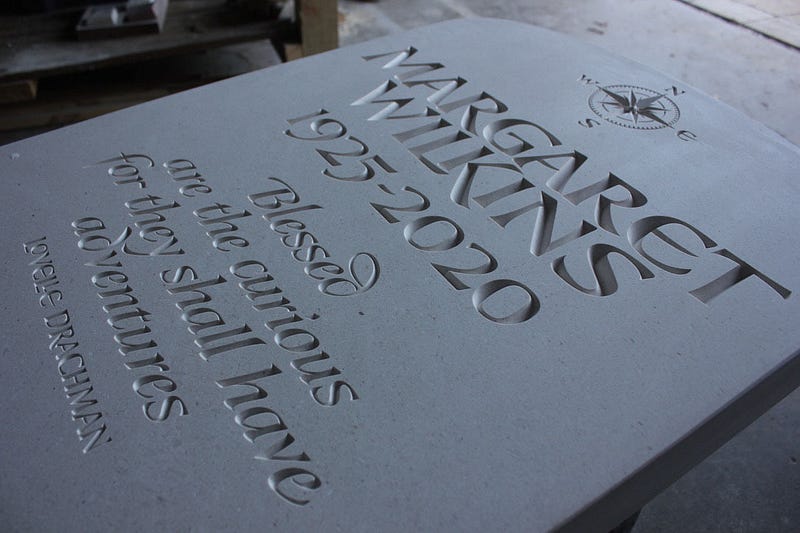
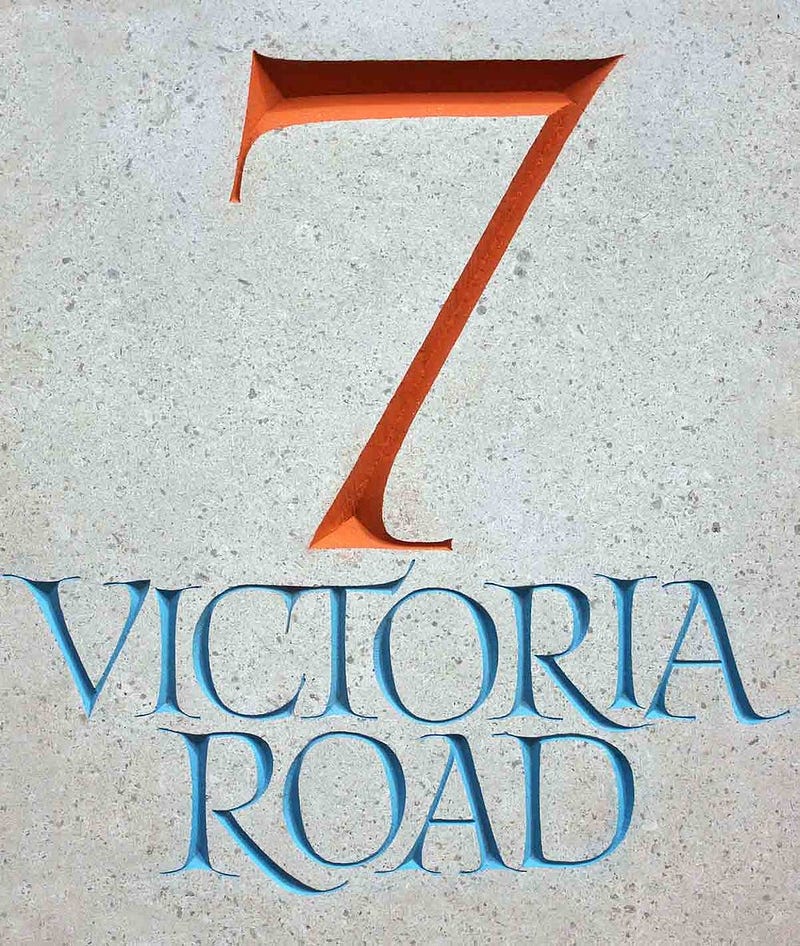
What is the best type of stone for a headstone memorial, or lettering?
Good question (even though it was a planned one)!
There are many, coming in different grades of porosity, texture, colour and smoothness. A higher quality stone will always outlive the makers and so will the lettering within it.
Let’s dig in to some types!
- Nabresina limestone, a pale, white or greyish, hard limestone quarried in Italy (many times wrongly referred as “Marmo/Marble”).
- Portland limestone, a creamy white limestone quarried in Dorset.
- Yorkshire sandstone, a durable and hard-wearing sandstone quarried in Yorkshire.
- Slate, of several different shades quarried in North Wales and Cumbria
- Purbeck Stone, a beige, grey stone incorporating interesting flint markings and bluish patterning.
- Irish Blue Limestone, a beautiful stone with a blue hue, quarried in Kilkenny, Ireland.
All of them have been used for centuries in the UK, with the exception of Nabresina, a new entry which has been used in the UK for around 50 years.
This was the choice of preference during the Roman Empire, when harder and stronger building was required during the imperial period. Later on used for buildings that required solid foundations, throughout Europe.
Its qualities make it stronger than regular marble and can withstand the harsh British weather with ease, gradually taking a patina and harmonizing with the muted colours of the environment.
These properties lend themselves well for a sharp chiselled V-cut, and in this Artisan Memorials are an outstanding leader in the industry.
A Craft Preserving the Past
In an age when digital technology and fleeting moments dominate our lives, the permanence of memorial masonry is a reassuring anchor to our past.
The stones endure, telling the stories of our ancestors, shaping the way we remember, and inviting us to reflect on the passage of time.
So, next time you find yourself strolling through the English countryside, take a moment to appreciate the subtle, enduring art of memorial masonry. These stones are not just cold, lifeless slabs, but rather, they are silent storytellers, sharing the rich history and the incredible stories that have shaped the land of England.
I hope you enjoyed this tour, if you have any questions, please don’t hesitate to contact me or Artisan Memorials via email or the links section below.
As usual, find some useful links below and don’t forget to clap, comment and subscribe!
Useful Links
